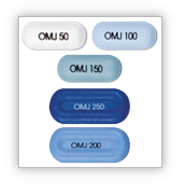Questionnaire
Data To Support Social and Behavioral Research as Used by the Food and Drug Administration
Questionnaire
OMB: 0910-0847
OMB Control No.: 0910-0847
Expiration Date: 12/31/2022
Accuracy of Opioid Product Ascertainment
(Inflexxion Task Order #5, Aim 2)
Paperwork Reduction Act Statement: According to the Paperwork Reduction Act of 1995, an agency may not conduct or sponsor and a person is not required to respond to a collection of information unless it displays a valid OMB control number. The valid OMB control number for this information collection is 0910-0847, and the expiration date is 12/31/2022. The time required to complete this information collection is estimated to average 45 minutes per response, including the time for reviewing instructions and completing and reviewing the collection of information.
Send comments regarding this burden estimate or any other aspects of this collection of information, including suggestions for reducing burden, to [email protected].
This study is being conducted on behalf of the U.S. Food and Drug Administration by Inflexxion, Inc. and RTI International.
This document outlines the computerized online self-administered questionnaire and videoconference interview questions that will be asked by the trained interviewer, following the completion of the online questionnaire. The sequence of questions asked in the computerized online questionnaire is dependent upon the participant’s answers, using skip logic. Many of the questions will be repeated, using the same language, for the different drug products.
The videoconference interview that follows the online questionnaire will also be dependent upon the participant’s answers, using skip logic as well as probing strategies. Again, many of the questions will be repeated, using the same language for the different drug products.
Red font is used when information is provided that is not directly part of the computerized online questionnaire seen by the participant or asked by the interviewer.
Accuracy of Opioid Product Ascertainment
Part 1: Computerized Online Self-Administered Questionnaire
The study is being sponsored by the U.S. Food and Drug Administration. Your participation is totally voluntary. All of your responses will be kept secure to the extent permitted by law.
Thank you for your willingness to participate in this study. This survey will take about 45 minutes to complete. After you complete this survey, you will rejoin the video call with a researcher for a brief discussion.
During this survey, you will be shown several photos and names of opioid pain medications and then will be asked to identify them. Opioid pain medications are a class of drugs that doctors use to treat moderate to severe pain in some patients. This class of drugs includes oxycodone, hydrocodone, morphine, and many others. Pain medications that you can buy over the counter without a prescription from a doctor, like Tylenol, Advil, or aspirin, are NOT opioid pain medications.
Please answer the questions to the best of your ability. At the end, we will ask you some questions about yourself.
Exercise A: In this section, you will be shown a series of photos of opioid pain medications. Under each photo, please fill in the information about the medication you see in that photo.
Note: Each participant will be randomly assigned to a block of 8 opioid medication screen shots and only be shown the 8 opioid medication screen shots in that block across the 5 exercises (Exercise A-E). These 8 opioid medications will be presented in a randomized order for each exercise.
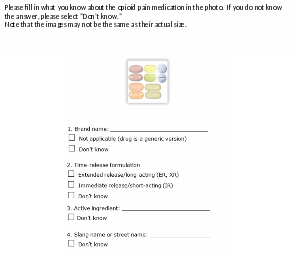
Exercise B: In this section, you will be shown a series of photos of opioid pain medications. Under each photo, please select the name of the medication you see in that photo.
Please select the name of the medication shown in the image below. If none of the options match, please select “None of the Above.” If you do not know the answer, please select “Don’t know.” The image may not be the same as its actual size. |
|
Exercise C: In this section, you will be shown a series of names of opioid pain medications. Under each name, please select the photo of the medication named.
Please select the photo that matches the medication named below. If none of the options match, please select “None of the Above.” If you do not know the answer, please select “Don’t know.” Note that the images may not be the same as their actual size. |
Opana® |
□
□
□ □ None of the above □ Don’t know |
Exercise D: In this section, you will be shown a series of names of opioid pain medications. Please select the active ingredient contained in that medication.
Please select the active ingredient in the medication named below. If none of the options match, please select “None of the Above.” If you do not know the answer, please select “Don’t know.” |
EmbedaTM
|
Exercise E: In this section, you will be shown a series of photos of opioid pain medications. Under each photo, please select the answer that includes both the correct name of the medication you see in that photo and the active ingredient contained in that medication.
Please select the name and active ingredient to identify the medication shown in the image below. If none of the options match, please select “None of the Above.” If you do not know the answer, please select “Don’t know.” Note that the image may not be the same as its actual size. |
|
Level of Exposure to Products
In this section, you will be asked about your familiarity with a variety of opioid pain medications. Please remember that your answers will remain confidential.
NOTE: The same 8 opioid medication screen shots used in Exercises A-E are presented in randomized order.
Please indicate your level of familiarity with the medication below. Please select the answer that best describes your experience with this medication. You can only select one answer. If you can’t remember, please select “Don’t know.”
Lorcet® (hydrocodone) |
|
The next few questions in this survey will refer to “non-medical use” of a medication. Non-medical use includes ANY of the following:
Use for any reason, even once, without your own prescription
Use in ways other than prescribed (such as taking more than prescribed, more often than prescribed, or for any other reason/way than prescribed)
Use for the feeling or experience the medication caused (such as feeling of being high, enhancement of other drugs, prevention or treatment of withdrawal symptoms, or other feelings).
Use of a medication prescribed to you by a healthcare provider and ONLY used as prescribed is NOT non-medical use. Any use that differs from this would be considered non-medical use.
Which
of the following opioid pain medications have you taken for
non-medical use in the past 30 days? You can select more than one.
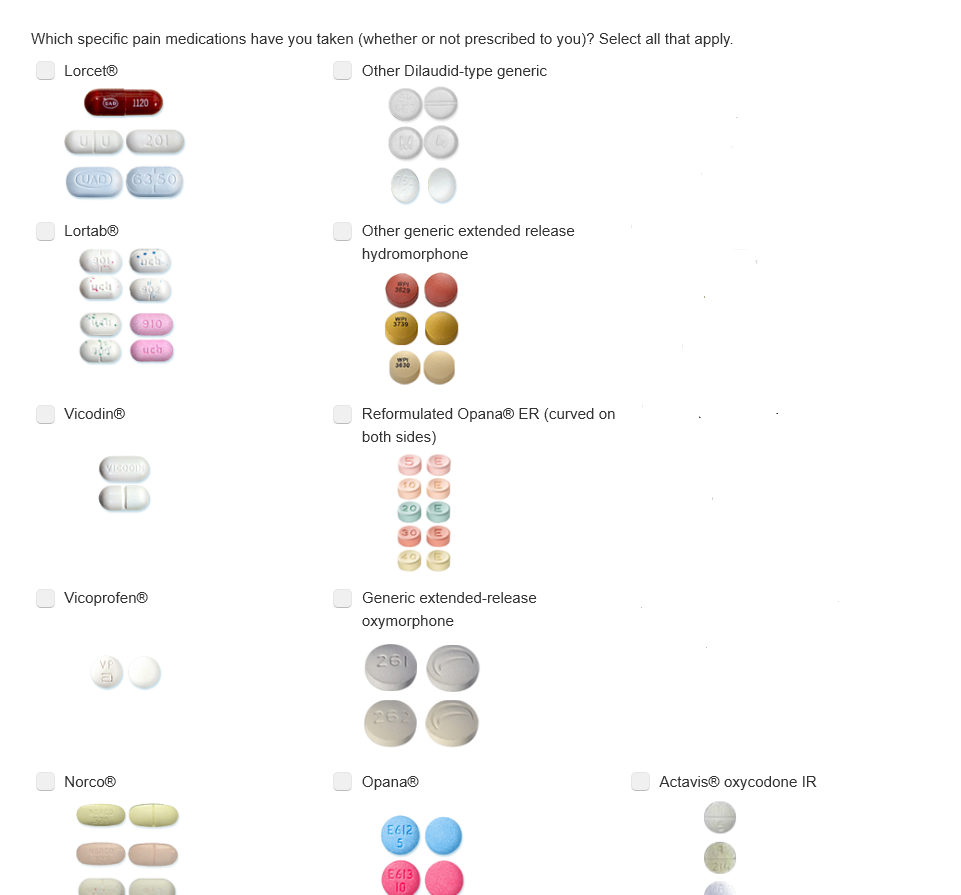
NOTE:
the box below only includes products that were reported as nonmedical
use in past 30 days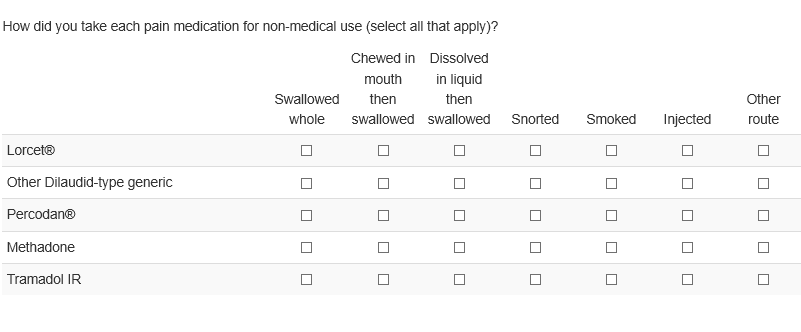
NOTE: The box below only includes products that were reported as nonmedical use in past 30 days
Where did you get each pain medication you used for non-medical use (select all that apply)?
Lorcet®
Other Dilaudid-type generic
|
NOTE: The box below only includes products that were reported as nonmedical use in past 30 days
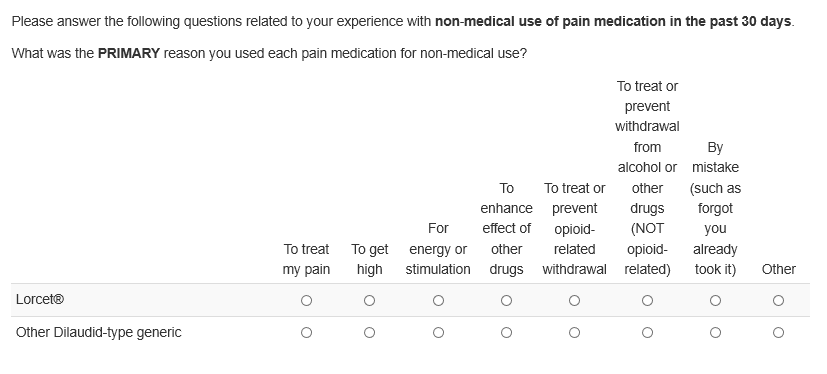
How difficult or easy would it have been for you to get opioid pain medications other than the one(s) you used if you wanted them?
Probably impossible
Very difficult
Fairly difficult
Fairly easy
Very easy
Don’t know
How long has it been since you last used any of the following drugs?
|
Never |
Within last 30-days |
Within last 12 months |
Longer than 12 months ago |
Don’t know |
Marijuana |
○ |
○ |
○ |
○ |
○ |
Cocaine |
○ |
○ |
○ |
○ |
○ |
Crack (also called blow, rock, coke) |
○ |
○ |
○ |
○ |
○ |
Heroin (also called smack, H, black tar) |
○ |
○ |
○ |
○ |
○ |
Street fentanyl (also called Apache, Fenty) |
○ |
○ |
○ |
○ |
○ |
Inhalants (also called whippets, poppers, boppers) |
○ |
○ |
○ |
○ |
○ |
Amphetamines or methamphetamines (such as ecstasy, uppers, meth, speed, but NOT prescription amphetamine) |
○ |
○ |
○ |
○ |
○ |
Hallucinogens (such as LSD, mushrooms, PCP) |
○ |
○ |
○ |
○ |
○ |
Barbiturates (also known as barbs, downers, blues) |
○ |
○ |
○ |
○ |
○ |
Other illegal substance (please specify) |
○ |
○ |
○ |
○ |
○ |
These next questions are about treatment and counseling for problems with emotions, nerves, or mental health. Please do not include treatment for alcohol or drug use.
Remember that your answers will be kept confidential.
During the past 12 months, have you stayed overnight or longer in a hospital or other facility to receive treatment or counseling for any problem you were having with your emotions, nerves, or mental health? Please do not include treatment for alcohol or drug use.
Yes
No
Don’t know
During the past 12 months, did you receive any outpatient treatment or counseling for any problem you were having with your emotions, nerves, or mental health at any of the places listed below? Please do not include treatment for alcohol or drug use.
Yes
No
Don’t know
If YES, where did you receive treatment or counseling? (Check all that apply)
An outpatient mental health clinic or center
The office of a private therapist, psychologist, psychiatrist, social worker, or counselor that was not part of a clinic
A doctor’s office that was not part of a clinic
An outpatient medical clinic
A partial day hospital or day treatment program
Some other place
Don’t know
During the past 12 months, did you take any prescription medication that was prescribed for you to treat a mental or emotional condition?
Yes
No
Don’t know
Have you ever seen a doctor to treat pain?
Yes
No
Don’t know
Have you ever taken any medication prescribed to you by a doctor to treat pain?
Yes
No
Don’t know
Before starting the treatment or counseling you are now receiving for substance abuse, have you received any previous treatment or counseling for your use of alcohol or any drug, not counting cigarettes?
Yes
No
Don’t know
How often do you have someone help you read hospital materials?
Always
Often
Sometimes
Occasionally
Never
How confident are you filling out medical forms by yourself?
Not at all confident
A little confident
Somewhat confident
Quite confident
Extremely confident
How often do you have problems learning about your health because of difficulty understanding written information?
Always
Often
Sometimes
Occasionally
Never
How often do you have a problem understanding what is told to you about your health?
Always
Often
Sometimes
Occasionally
Never
What is your annual household income?
Less than $14,999
$15,000 to $29,999
$30,000 to $44,999
$45,000 to $59,999
$60,000 to $74,999
$75,000 to $89,999
$90,000 to $104,999
$105,000 to $119,999
$120,000 to $134,999
$135,000 or more
What is your current marital status? (Check one)
Single/Never married
Married
Not legally married but in a marriage-like relationship or a domestic partnership
Separated from my spouse
Divorced
Widowed
Other (describe your current marital status if other than one listed above): ____________________________________
Final Screen
Thank you very much for completing this survey. Please click on the same link in your email that you clicked on before to rejoin the videoconference call with the researcher and complete the final portion of the study.
Accuracy of Opioid Product Ascertainment
Part
2: Online Videoconference Interview
Note: The participant does NOT see these items. They are not on the computer, and this is what the interviewer reads to the participant.
Thank you for completing the survey and rejoining the call. The conversation we are about to have is the last part of this study. It will take about 15 minutes.
I’m going to ask you to think back to the survey you just completed and how you identified opioid pain medications. When I refer to opioid pain medications, I’m referring to a class of drugs that doctors use to treat moderate to severe pain in some patients. This class of drugs includes oxycodone, hydrocodone, morphine, and many others. Pain medications that you can buy over the counter without a prescription from a doctor, like Tylenol, Advil, or aspirin, are NOT opioid pain medications.
At the end of the survey you just completed, you should have been directed to a screen with a question that looks like one you saw in the survey. We are going to come back to that screen and talk about how you would choose an answer to a couple of questions that are similar to the ones you saw in the survey. Finally, I’ll ask you some questions about your understanding of some terms used to refer to opioid pain medications.
There are no right or wrong answers to the questions I’m going to ask. We want to learn about how you identify opioid pain medications in order to improve surveys and tools that ask people about their use of these medications.
Before we begin, I want to draw your attention to a few items that were described in the consent document you read at the beginning of this study:
Audio Recording. We’re planning to audio record this interview. At the end of all our interviews, we want to summarize our findings. I want to give you my full attention and not take a lot of notes, so I will refer to the recordings when writing the summary.
Confidentiality. Your identity and anything you say will remain confidential. Your name, address, and contact information will not be given to anyone, and no one will contact you after this interview is over. When we write a summary of the interviews, we will not refer to you or anyone in this study by name.
Do you have any questions before we begin?
NOTE: The medication screens shown will be drawn from the products the individual participant reported using in response to the opioid misuse question in the computerized online questionnaire. Participants will be shown between 1-8 screens, depending on their responses. The order of the screens will be randomized.
First, I’d like to ask you to think back to the questions you answered in the survey you just completed that asked you to match names and pictures of opioid pain medications.
Thinking back to the survey, when you were shown a picture and asked to identify the opioid pain medication in the picture, what did you look for first?
How did you decide which name went with the medication in the picture?
Thinking about the opioid pain medications you’ve used or know about, are you more likely to be able to identify them by name or from a picture?
Next, we’re going to talk about a question that looks like one of the questions you saw in the survey, and I’ll ask you how you would choose an answer.
Please select the name of the medication shown in the image below. If you do not know the answer, please select “I don’t know.”
The image may not be the same as its actual size.
○ Percocet® ○ Roxicodone® ○ Xtampza ER ○ Generic short-acting Vicodin®-type generic ○ Vicodin® ○ Generic extended-release hydromorphone ○ Lorcet® ○ Entrol ○ Opana® ○ None of the above ○ Don’t know |
Even though it might feel odd, can you talk through your thought process, while answering this question and deciding what medication is in the picture?
What did you notice first when you saw the picture?
When you looked through the list of medication names, what was the first thing that came to mind?
When you chose the name of the medication in the picture, how confident were you that it was correct?
Now, we’re going to talk about one more question that looks like one of the questions you saw in the survey, and I’ll ask you how you would choose an answer.
Please select the name and active ingredient to identify the medication shown in the image below. If you do not know the answer, please select “don’t know.”
Note that the image may not be the same as its actual size.
○ Percocet® (oxycodone) ○ Roxicodone® (oxycodone) ○ Xtampza ER (oxycodone) ○ Generic short-acting Vicodin®-type generic (hydrocodone) ○ Vicodin® (hydrocodone) ○ Generic extended-release hydromorphone (hydromorphone) ○ Lorcet® (hydrocodone) ○ Enterol (oxyhydrone) ○ Opana® (oxymorphone) ○ None of the above ○ Don’t know |
Again, even though it might feel odd, can you talk through your thought process, while answering this question and deciding what medication is in the picture?
What did you notice first when you saw this picture?
What is your understanding of “active ingredient,” as it’s used here?
Did including the active ingredient with the name make it easier for you to identify the medication in the picture? Why or why not?
When you chose the name of the medication in the picture, how confident were you that it was correct?
Have you ever bought or been offered opioid pain medication from a dealer, friend, or family member?
IF YES:
How did you know it was actually what you were told it was?
How confident were you that the drug was what you thought it was?
Now, I’d like to ask you some questions about terms used to refer to opioid pain medications.
When you hear the term “prescription opioids,” what comes to mind?
When you hear the term “opioid pain medications,” what comes to mind?
Do you think the terms “prescription opioids” and “opioid pain medications” refer to different things or the same thing? Why?
If you were talking to a friend about these types of medications, what would you call them?
If you were talking to a dealer about these types of medications, what would you call them?
That covers all the questions I wanted to ask today. Is there anything else we should know about this topic that we didn’t discuss today?
Thank you, again, for participating in this study. As I mentioned before, all your comments will remain secure to the extent permitted by law. Your input has been extremely valuable, and we really appreciate your time.
| File Type | application/vnd.openxmlformats-officedocument.wordprocessingml.document |
| Author | Peinado, Susana |
| File Modified | 0000-00-00 |
| File Created | 2022-06-06 |
© 2025 OMB.report | Privacy Policy
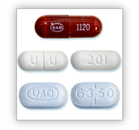
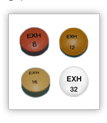 □
□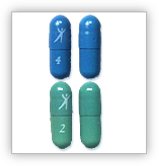
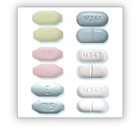 □
□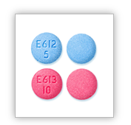 □
□
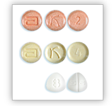 □
□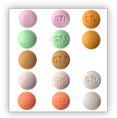 □
□